Idea by
Martin Grabner
Call for ideas 2017
It’s the space, stupid!
It’s the space, stupid!
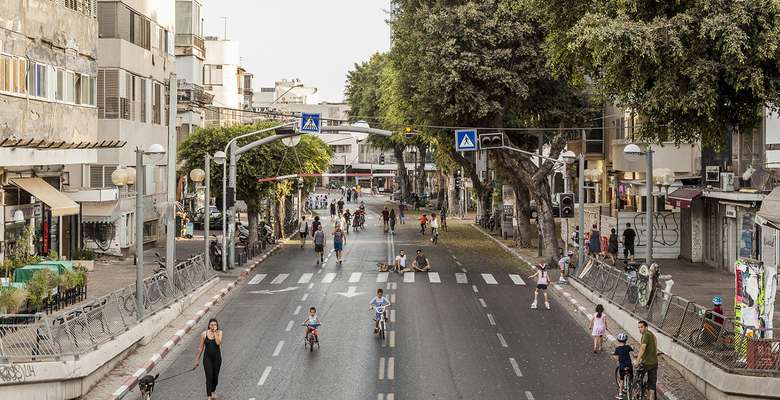
Creating urbanity is creating possibilities to meet other people. Intentionally or by chance, known or stranger. Much more than technologies it’s built space that is connecting people.
Architecture and urbanism need to intensify the effort to give the cities back to the people to meet and ease in space, to experience and appropriate space as individuals and as community. Urban space has to be rethought as a stage, as people’s stage for everyday life, but also for the special.
We only can succeed if we work on and with space on all scales, in all stages of the urban process: In learning how it functions, in designing it and in acting space.
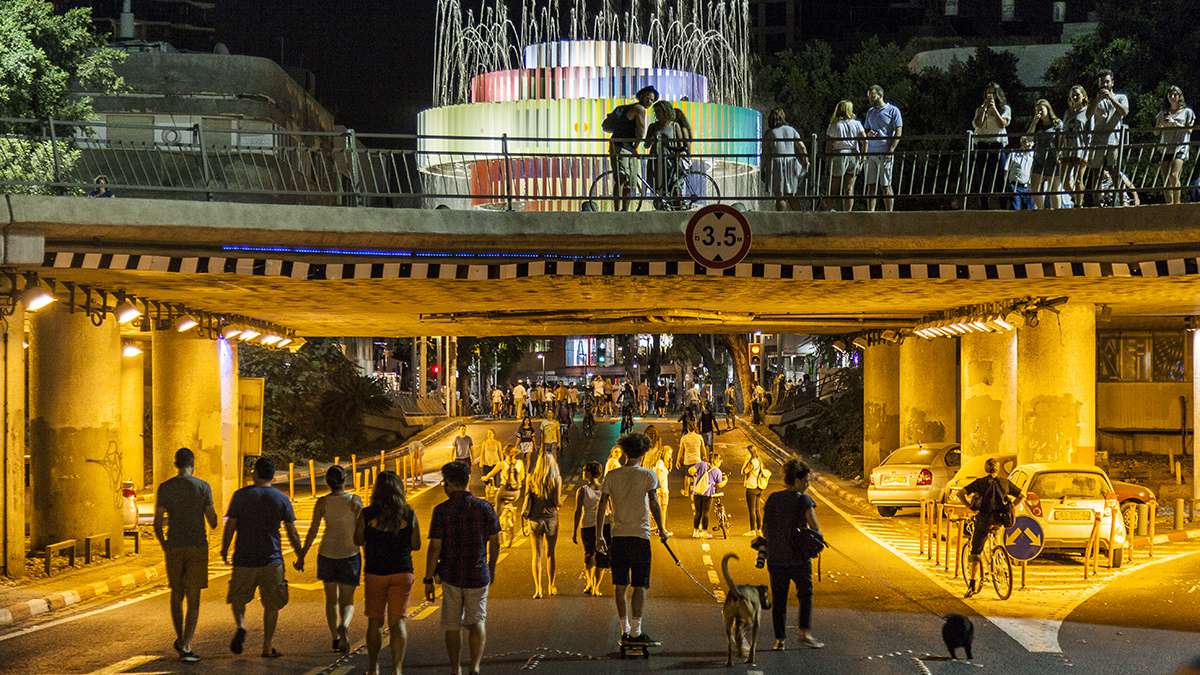
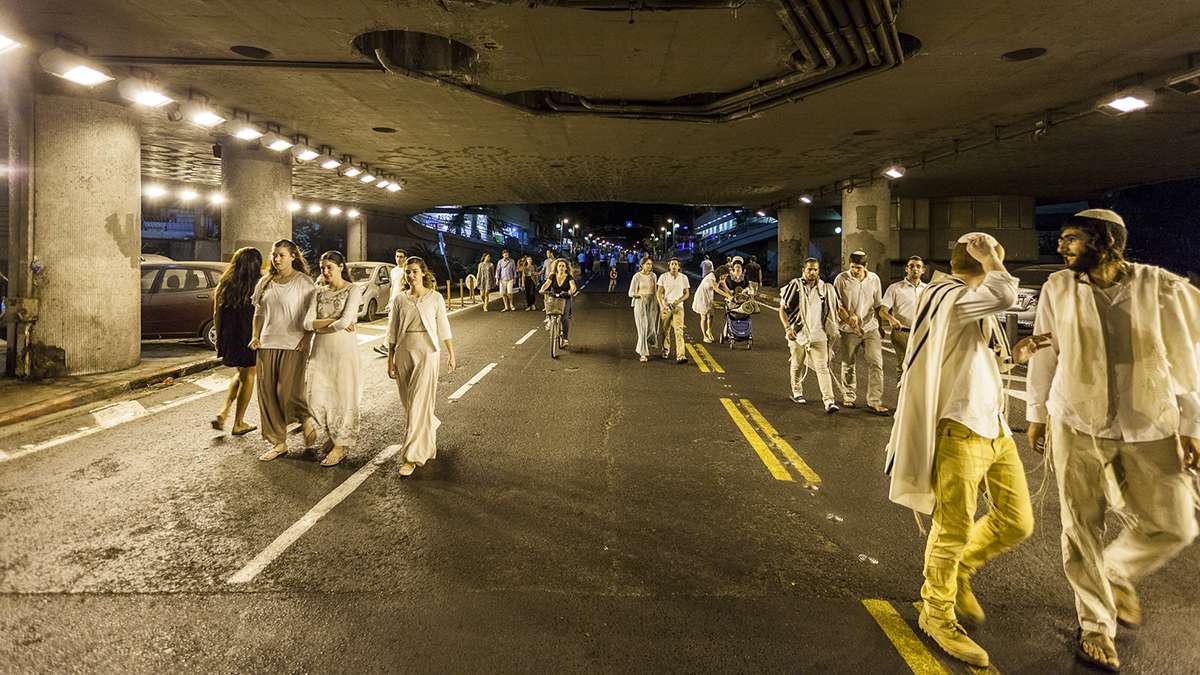
Learning: Transformed Urban: Tel Aviv (film/photography, 2015/16)
With Hans-Dieter Edler.
Once a year, the public space in Tel Aviv changes into the exact opposite of its usual self: at Yom Kippur. There are no cars on the roads, no shops are open – people temporarily take back the city. In a conceptual urban documentary Tel Aviv’s transformation to this unreal, 24-hours-lasting scene is visually explored and set in relation to Henri Lefebvre’s work „The Production of Space“.
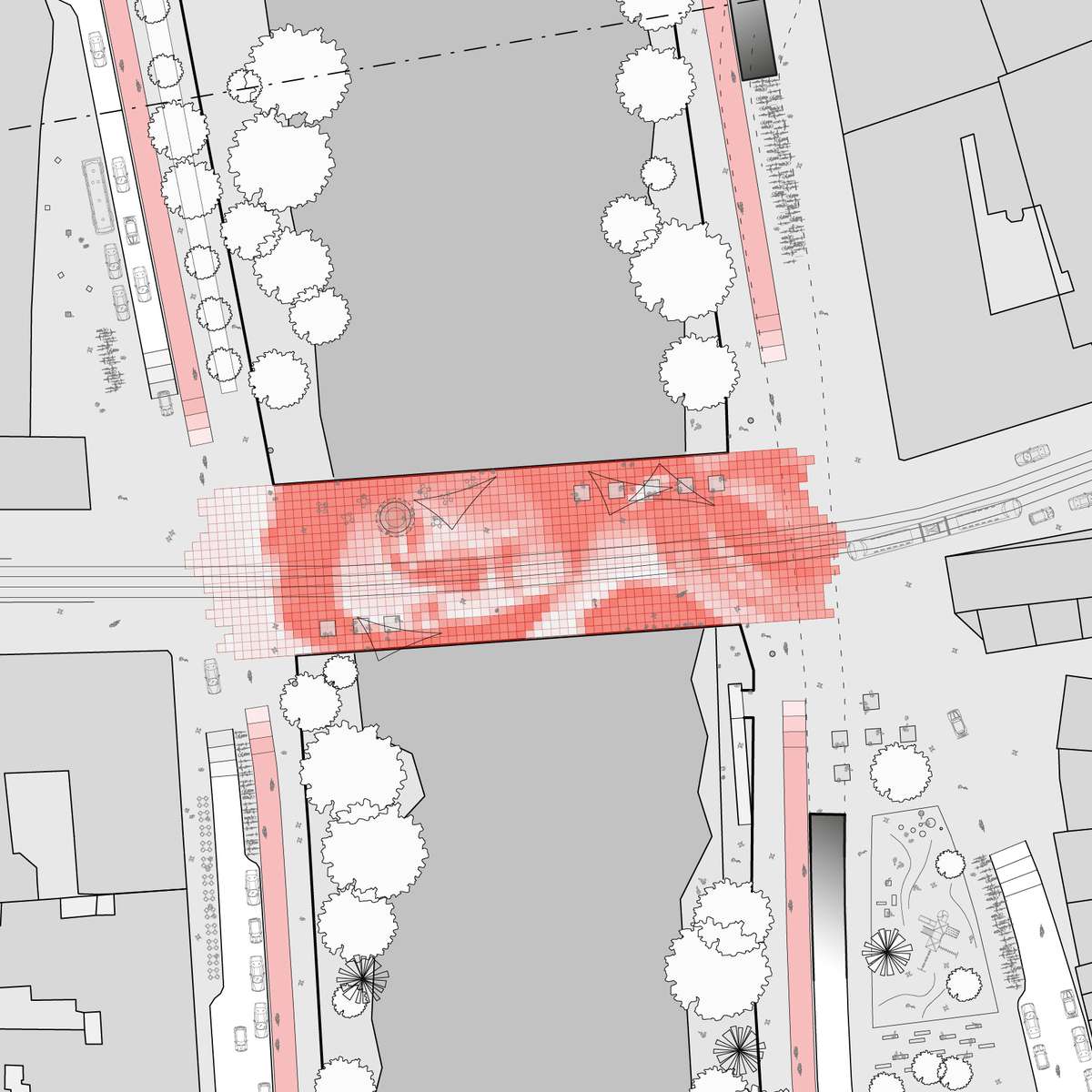
Designing: Inge Morath Square (design, 2016)
The design proposal rethinks an urban bridge as a public square. The primary function of a bridge – connecting – is completed by its dialectic counterpart: stay. With it’s unique assets bridges could serve the public with high quality spaces in dense city centers. The design for Hauptbrücke in Graz, which is combined with a bicycle highway, is part of a comprehensive research on how and why to use bridges as public spaces.
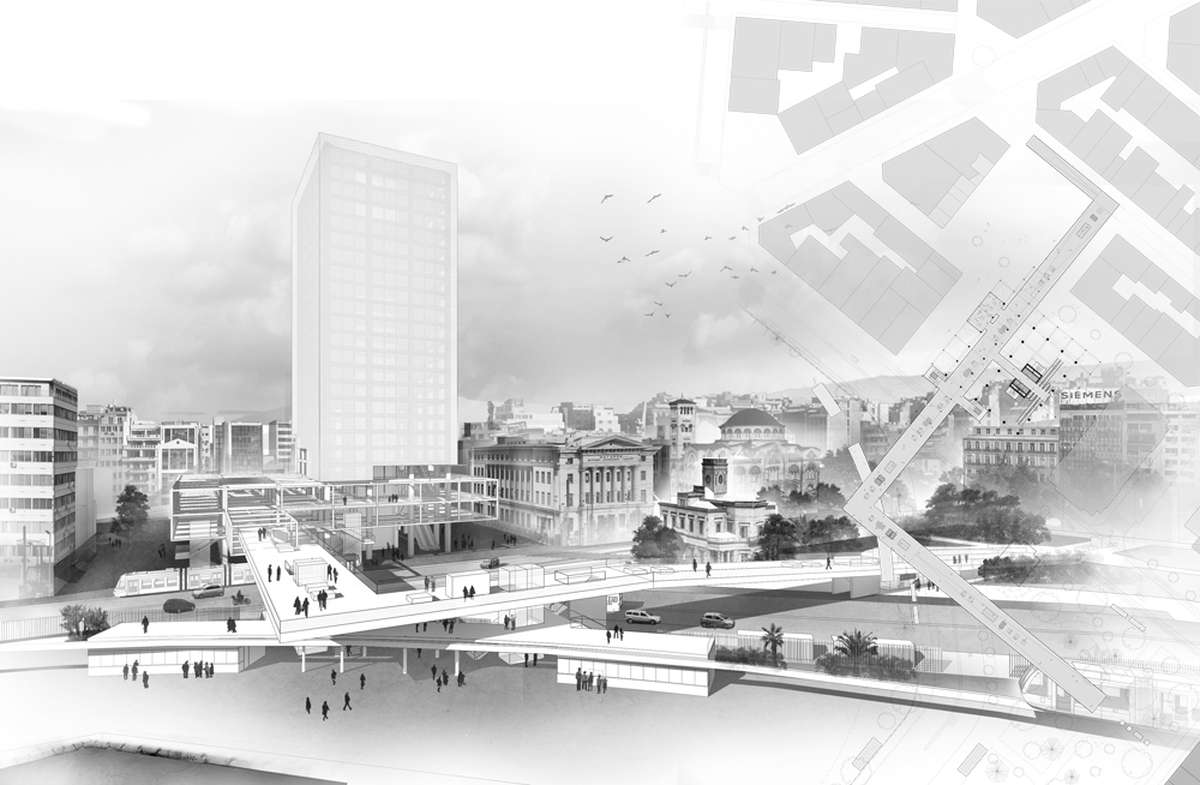
Designing: Pirgos Peiraia: The Repair of the City and the Re-establishment of Urbanity with the Spatial and Iconic Activation of a Vertical Wasteland (design/book, 2011/12)
The 22-storeys-high, never used Piraeus Tower in the port of Piraeus is taken as starting point for a comprehensive analysis of the relationship between high-rises and the city, its integration in the neighborhood and its potentials for the city. The high-rise is perceived as a spatial and visual tool of urban development.
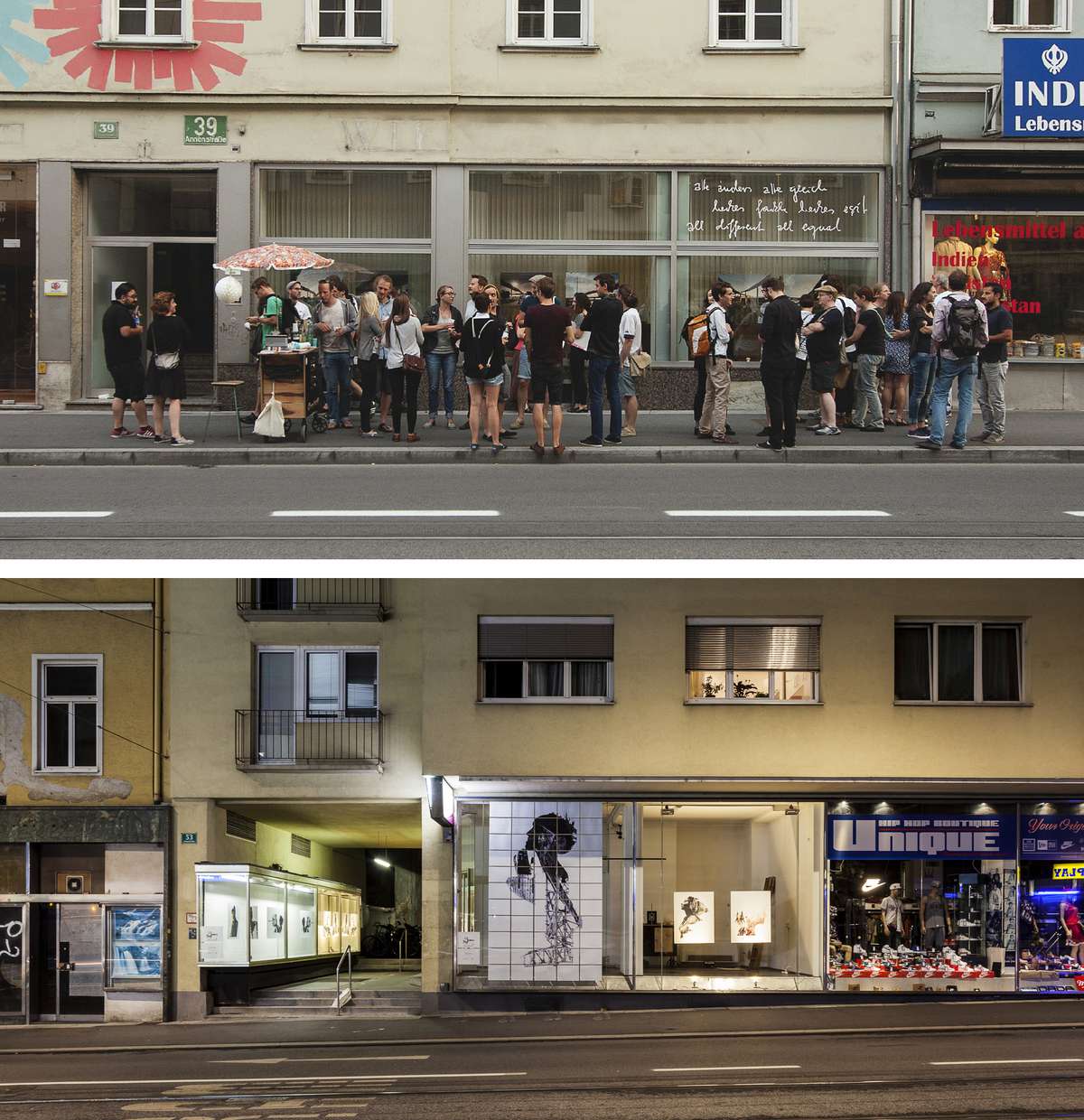
Acting: PopUpGallery Annenstraße (exhibition project, 2016)
Blind, covered and dusty shop windows meet art. The PopUpGallery Annenstraße counters the negative impact of vacancy on urban space with the temporary cultural use of empty shop windows using and visualizing the potential of temporary usage for an upgrading and revival of public space. Exhibitions of young photo artists pop up and disappear in different locations, making the whole Annenstraße an active art space.
It’s the space, stupid!
It’s the space, stupid!

Creating urbanity is creating possibilities to meet other people. Intentionally or by chance, known or stranger. Much more than technologies it’s built space that is connecting people.
Architecture and urbanism need to intensify the effort to give the cities back to the people to meet and ease in space, to experience and appropriate space as individuals and as community. Urban space has to be rethought as a stage, as people’s stage for everyday life, but also for the special.
We only can succeed if we work on and with space on all scales, in all stages of the urban process: In learning how it functions, in designing it and in acting space.
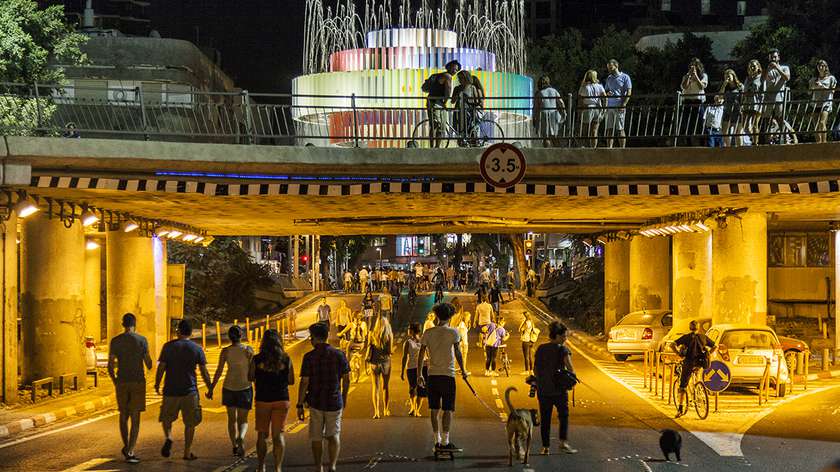
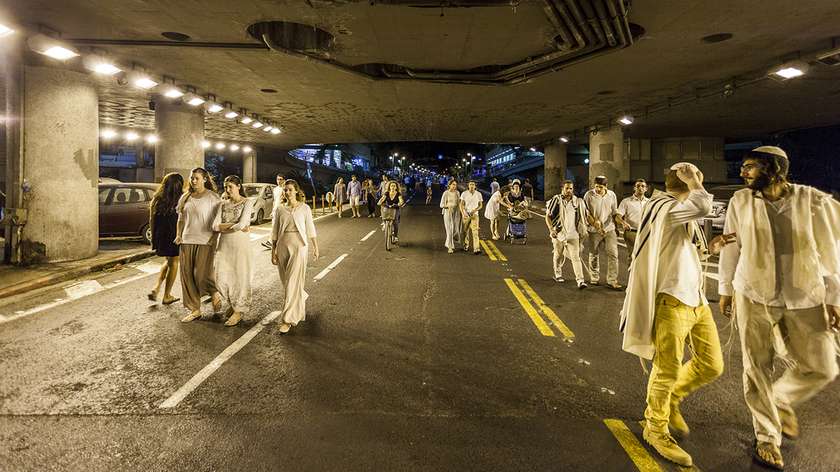
Learning: Transformed Urban: Tel Aviv (film/photography, 2015/16)
With Hans-Dieter Edler.
Once a year, the public space in Tel Aviv changes into the exact opposite of its usual self: at Yom Kippur. There are no cars on the roads, no shops are open – people temporarily take back the city. In a conceptual urban documentary Tel Aviv’s transformation to this unreal, 24-hours-lasting scene is visually explored and set in relation to Henri Lefebvre’s work „The Production of Space“.
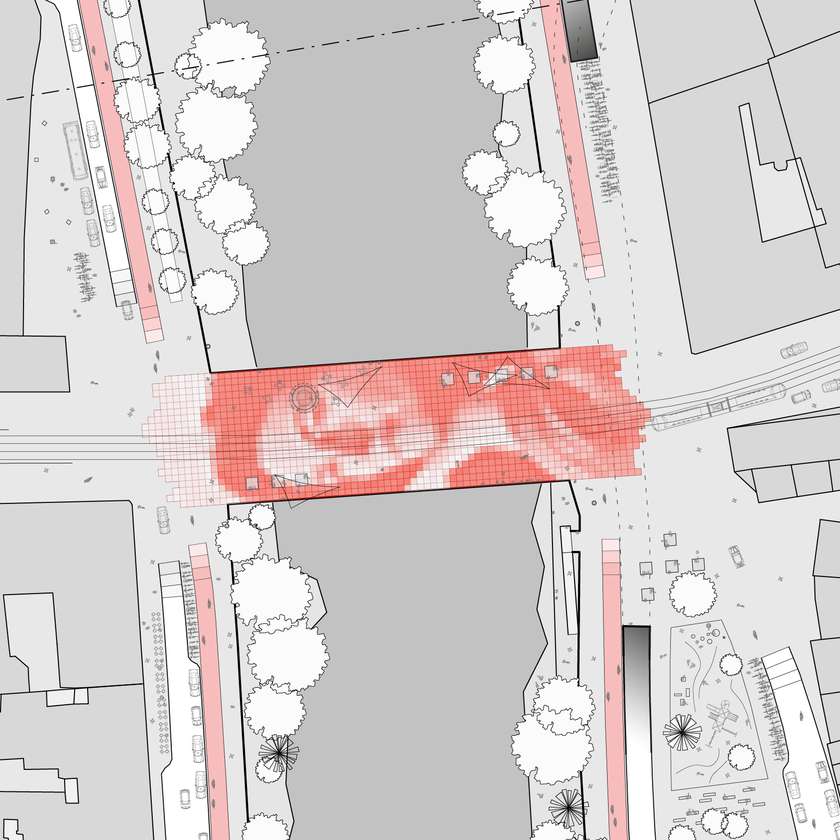
Designing: Inge Morath Square (design, 2016)
The design proposal rethinks an urban bridge as a public square. The primary function of a bridge – connecting – is completed by its dialectic counterpart: stay. With it’s unique assets bridges could serve the public with high quality spaces in dense city centers. The design for Hauptbrücke in Graz, which is combined with a bicycle highway, is part of a comprehensive research on how and why to use bridges as public spaces.
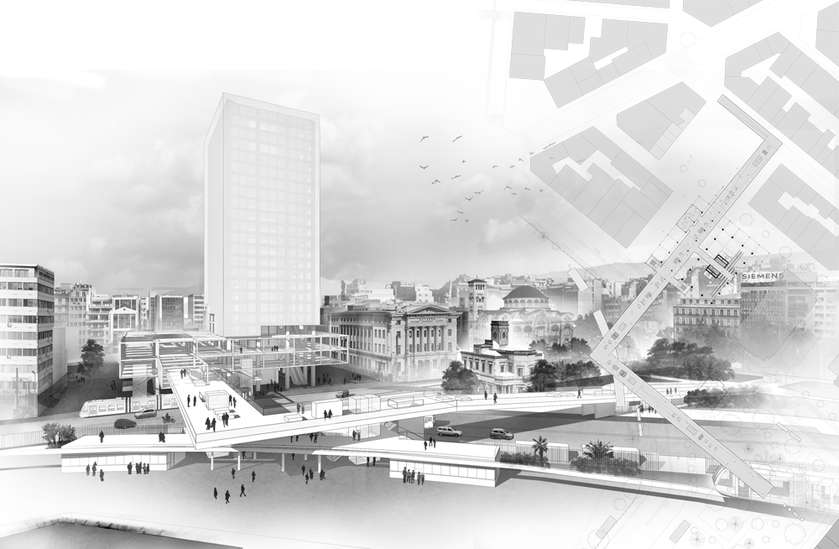
Designing: Pirgos Peiraia: The Repair of the City and the Re-establishment of Urbanity with the Spatial and Iconic Activation of a Vertical Wasteland (design/book, 2011/12)
The 22-storeys-high, never used Piraeus Tower in the port of Piraeus is taken as starting point for a comprehensive analysis of the relationship between high-rises and the city, its integration in the neighborhood and its potentials for the city. The high-rise is perceived as a spatial and visual tool of urban development.
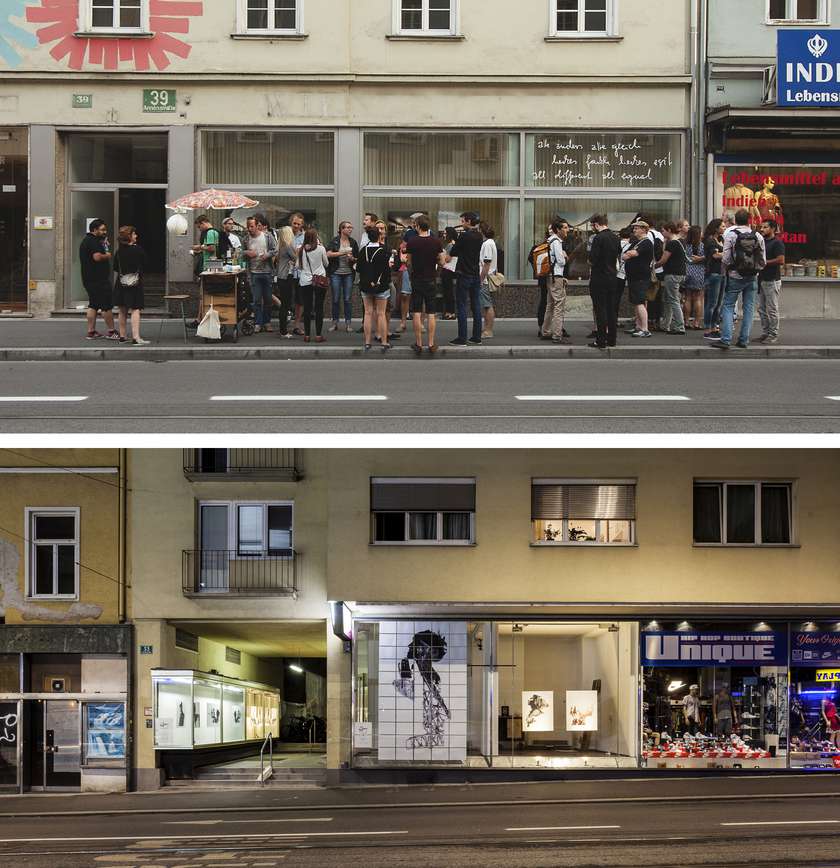
Acting: PopUpGallery Annenstraße (exhibition project, 2016)
Blind, covered and dusty shop windows meet art. The PopUpGallery Annenstraße counters the negative impact of vacancy on urban space with the temporary cultural use of empty shop windows using and visualizing the potential of temporary usage for an upgrading and revival of public space. Exhibitions of young photo artists pop up and disappear in different locations, making the whole Annenstraße an active art space.